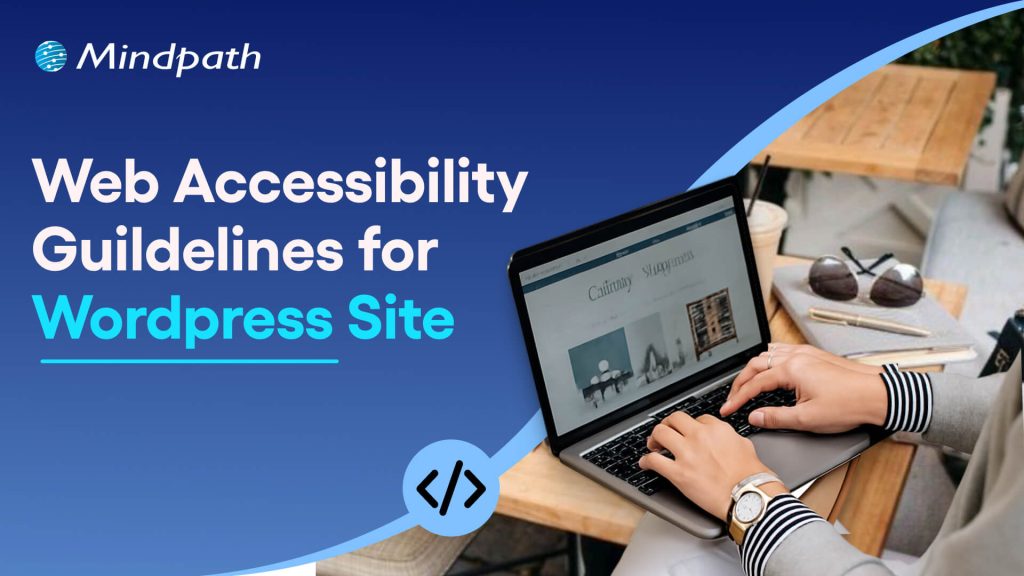Are you planning to launch an online store but unsure which platform to choose? With so many options available, picking the right one can be overwhelming. WooCommerce and Shopify are two of the most popular choices, but how do you know which is better for your business? In this blog, we will explore both the platforms and see which one fits your e-commerce goals best. So, let’s dig in!
Overview of WooCommerce?
WooCommerce is a powerful plugin that effortlessly integrates with WordPress, transforming any WordPress site into a fully working online store. It is not a new platform, but rather an extension of WordPress that enables users to effortlessly add e-commerce functionality to their current site. WooCommerce was launched in 2011 and has grown in popularity owing to its ease of use and versatility. It provides significant customization possibilities, allowing users to adjust their store’s design and functionality to their exact requirements. The plugin provides a wide range of functionality, including product listings, payment methods, inventory management, and delivery choices. WooCommerce’s unique feature is its extensive connection with WordPress, the world’s most popular content management system. This connection enables businesses to manage both their website content and their online shop from a single platform, resulting in a more seamless experience for both site owners and customers. WooCommerce is the excellent choice for individuals who want complete control over their e-commerce site while using WordPress’s strength and flexibility.
Advantages of WooCommerce
1. Budget-Friendly
WooCommerce is an excellent approach to launch an online business without investing a lot of money. It provides several free tools that assist you in creating and managing your business with no hidden costs. The fundamental functions are free, and as your shop expands, you can add additional features as needed. This way, you only pay for the items you really use.
Unlike competing systems that charge excessive monthly fees or additional costs for each transaction, WooCommerce allows you to set up a fully working online store for free. It’s an affordable alternative that includes everything you need to create a high-quality business while keeping your expenditure down.
2. Safe and Trustworthy
WooCommerce ensures your online shop is safe and secure, which is crucial when running an eCommerce business. Customers believe that their personal information will be safeguarded, and WooCommerce is designed to match that expectation. It has robust security measures to protect your shop from internet threats.
WooCommerce, which is built on WordPress, receives frequent security upgrades and evaluations from specialists who work tirelessly to keep the platform safe. You can also install specific security plugins to your store to provide additional protection while keeping your business and consumer data secure. Using WooCommerce, you can provide a safe purchasing environment for your clients, which helps to develop trust. This trust is essential to the long-term success of your internet business.
3. Wide Range of Customization
WooCommerce provides several customization possibilities to let your online business match your individual brand. It gives you access to hundreds of WordPress themes, allowing you to customize your store with a few clicks to fit your brand’s identity.
Furthermore, WooCommerce allows a diverse set of plugins that improve functionality. Whether you need complex shipping options or specialized payment interfaces, a plugin is available to fit your requirements. WooCommerce allows you to construct a visually beautiful and efficient business that will capture clients from the moment they enter.
4. Smooth Integration with WordPress
WooCommerce seamlessly integrates with WordPress, allowing you to easily change your existing WordPress site into a fully working eCommerce store. You can begin selling things within minutes after installing it as a plugin. This integration offers a user-friendly interface that lets you manage inventory, order tracking, shipping, and all other elements of your online company from the WordPress admin.
For those who currently use WordPress, WooCommerce simplifies your operations by combining your website and eCommerce features in one location. This strong combination improves both the user experience and the efficiency of your online business, making it an excellent choice for anybody wishing to maximize their eCommerce potential.
Overview of Shopify
Shopify is a hosted eCommerce platform that gives businesses everything they need to start and run an online store. Shopify, unlike WooCommerce, is not open source, therefore it provides a more regulated environment with a variety of built-in features aimed at simplifying the eCommerce experience.
To utilize Shopify, businesses have to pay a monthly membership fee as well as a percentage on each transaction. This price model provides customers with access to an easy-to-use interface, allowing even individuals without technical abilities to rapidly set up and operate their online stores.
Shopify is well-known for its user-friendly design, making it a popular choice among beginners and small enterprises. While the platform provides many customization possibilities, more complex alterations can require the help of a specialist.
Advantages of Shopify
1. User-Friendly eCommerce Platform
One of the key benefits of Shopify is its ease of use, which makes it a popular choice among retailers. Shopify, which is designed for normal users rather than professional engineers, makes it easier to set up an online business. It is easy to add goods, provide discounts, and handle orders. The platform has a user-friendly web design and a quick drag-and-drop editing interface, allowing customers to construct their business in minutes. Shopify also offers all of the essential software and hosting, ensuring that your eCommerce business launches smoothly.
2. Affordable Startup Costs
Shopify offers an economical entry point for businesses wishing to set up an online store. With modest monthly prices, it is affordable to a wide spectrum of customers. New users can explore the platform during a free trial period, which allows them to evaluate its features without making any commitments.
Essential elements like web hosting and SSL certification are included in all plans, guaranteeing a safe online environment for both users and merchants. For individuals who want a custom domain name, this option is also available for a little price. Additionally, entry-level subscriptions accommodate numerous users while providing limitless product listings and storage space, making them an affordable option for eCommerce companies.
3. Ideal for Dropshipping
Shopify is an excellent alternative for dropshipping businesses because of its user-friendly features and smooth connections with popular providers like Spocket and Oberlo. These interfaces enable customers to simply obtain items and add them to their online store, avoiding the need for inventory management or upfront fees.
Shopify streamlines the order fulfilment process by automating activities, allowing you to focus on marketing and customer support. Shopify’s helpful features for managing sales and inventory enable dropshippers to properly manage their businesses and develop without logistical hurdles.
4. Reliable Support
Shopify offers extensive support to its users, ensuring that assistance is available when needed. Users can get technical support around the clock by phone, live chat, and email, making it simple to fix difficulties even after office hours. This dedication to customer care is especially useful for businesses who operate online enterprises in many time zones.
In addition to direct assistance, Shopify provides extensive self-help tools like thorough documentation, video tutorials, and community forums. These tools enable users to independently fix common difficulties and learn how to use the platform’s capabilities. Shopify’s support service is well-known for its quickness and experience, ensuring that merchants get effective answers promptly.
WooCommerce vs. Shopify: A Comparison Table
Feature | WooCommerce | Shopify |
Business Model | Open-source platform for customization and flexibility. | Hosted solution with all-in-one features. |
Cost | Free plugin; additional costs for hosting and plugins. | Monthly subscription with various pricing tiers. |
Ease of Use | Requires WordPress knowledge; more initial setup. | User-friendly interface; quick setup process. |
Dropshipping | Many extensions are available for integration. | Robust integrations with top dropshipping services. |
Scalability | Depends on hosting; may require technical support. | Built for scalability; easy to upgrade plans. |
Support | Community support; limited official resources. | 24/7 customer support with extensive resources. |
Integrations & Add-ons | Extensive library of plugins and themes. | Wide range of apps; some limitations in flexibility. |
Security | More control with third-party security options. | PCI-compliant; limited control over security. |
WooCommerce and Shopify Services at Mindpath
At Mindpath, we understand the significance of selecting the best eCommerce platform for your business. That is why, as part of our WordPress services, we offer our comprehensive WooCommerce and Shopify solutions.
With our WooCommerce services, you can build a completely customizable online store that represents your own identity. We help with setup, configuration, and integration, allowing you to use necessary plugins for better functionality.
For individuals who want a more user-friendly approach, our Shopify services offers an intuitive platform that is simple to administer. We help you set up your store and customize themes to match your brand, and we provide continuous assistance to ensure its success.
Mindpath provides both WooCommerce and Shopify services, ensuring that you have the best eCommerce solutions adapted to your requirements.
Wrapping Note!
Choosing between WooCommerce and Shopify ultimately depends on your specific eCommerce needs and goals. WooCommerce offers unparalleled flexibility and customization for those already using WordPress, while Shopify provides a user-friendly, all-in-one solution ideal for beginners and those seeking a streamlined experience. At Mindpath, we’re here to help you navigate these options and implement the best platform for your online store. Whether you lean towards the extensive capabilities of WooCommerce or the simplicity of Shopify, we’ve got you covered with our expert services.
Ready to elevate your eCommerce journey?
At Mindpath, we offer expert WooCommerce and Shopify services tailored to your unique needs.














